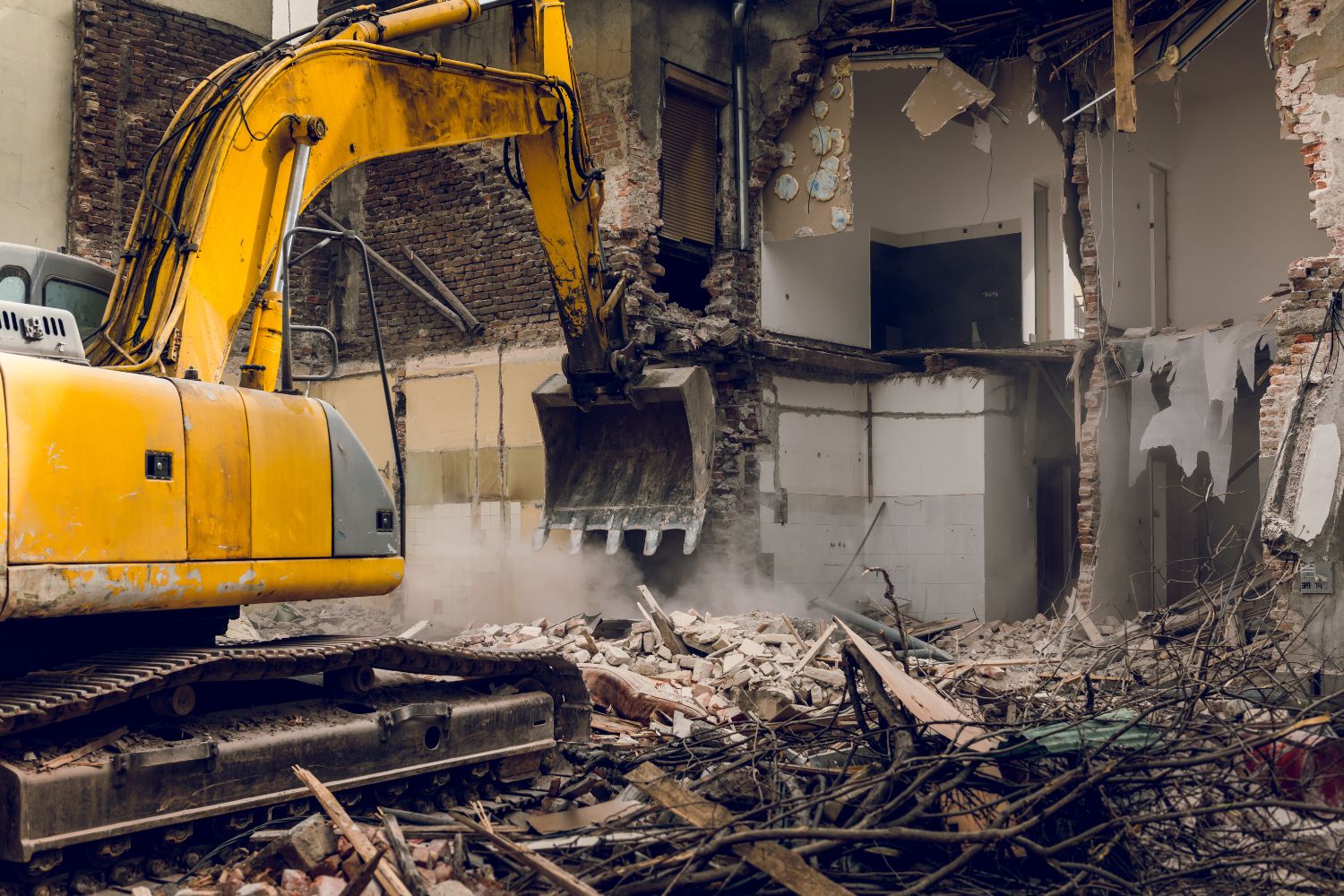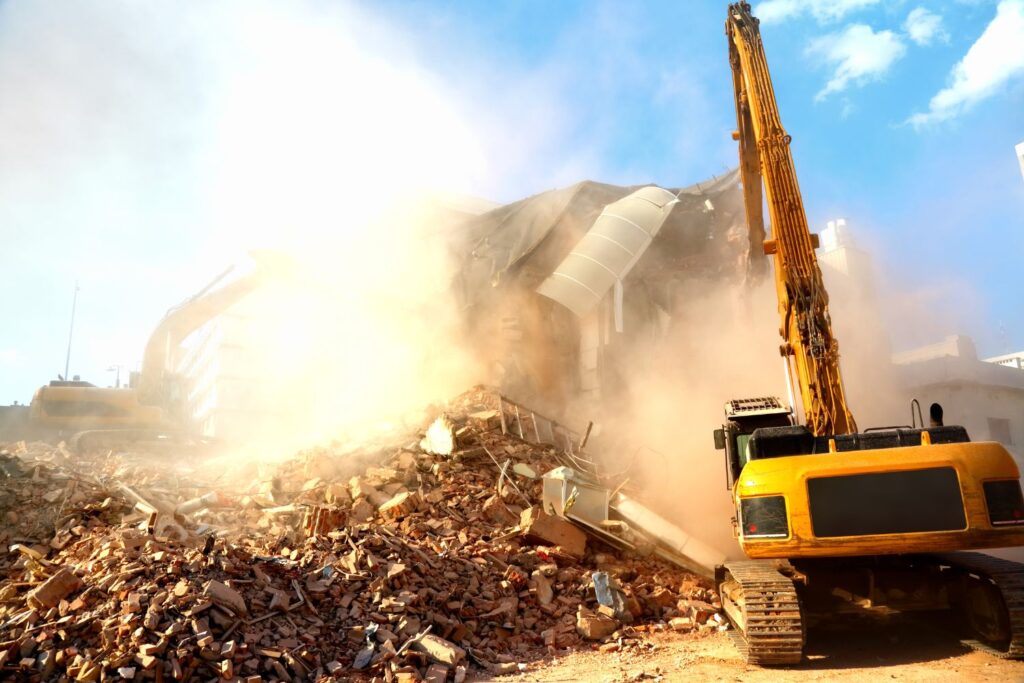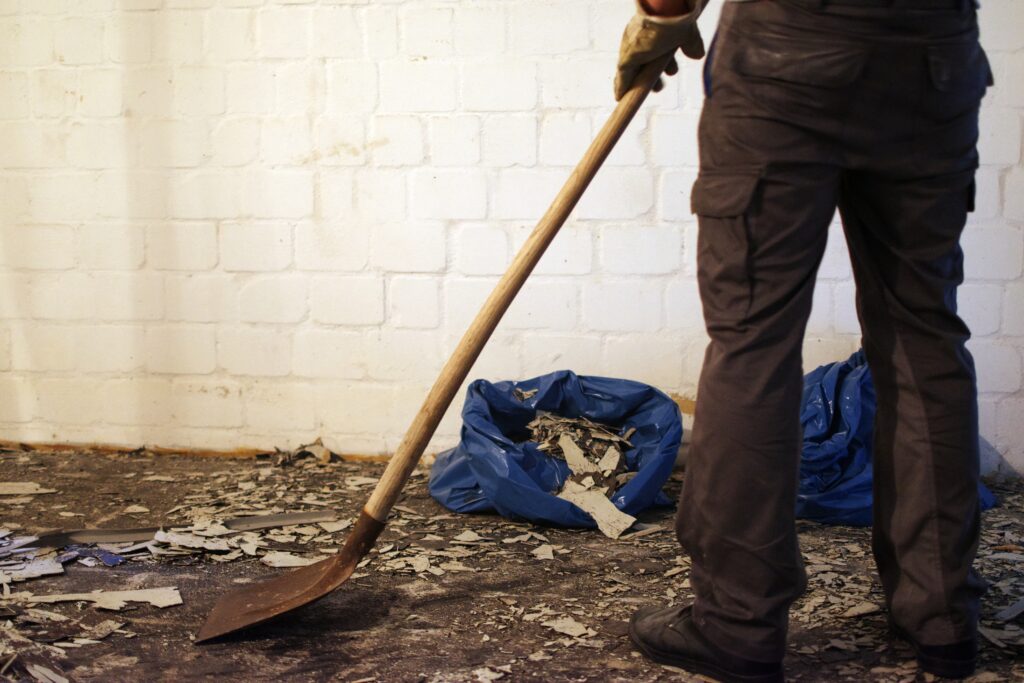Starting a demolition project involves careful planning and choosing the right method for the job. The method you choose can significantly impact your timeline, costs, and safety. We understand that each demolition project has unique requirements, and selecting the most appropriate method is crucial for success.
Demolition isn’t just about knocking down walls; it’s about understanding the structure, materials, and tools involved. Different methods are better suited for different types of buildings and conditions. By learning about these techniques, you’ll be better prepared to make informed decisions that will keep your project on track and within budget. Join us, the demplition pros in Bend, OR take a closer look at the different demolition methods available and what you should consider when deciding which one to use.
Understanding Different Demolition Methods
When it comes to tearing down structures, different demolition methods are used depending on the type of project and the building’s condition. One common method is mechanical demolition, which uses heavy machinery like bulldozers, wrecking balls, and excavators. These machines make quick work of large buildings and are very effective for commercial projects.
Another method is manual demolition, which involves workers using hand tools to carefully dismantle a structure. This method is ideal for smaller projects or when we need to preserve certain parts of the building. There are also specialized methods, like implosion, where explosives are used to bring a building down in a controlled manner. Each method has its own set of tools and techniques, and choosing the right one depends on various factors including the building’s size, location, and the materials used in construction.
Factors to Consider When Choosing a Demolition Method
Several factors must be considered to select the best demolition method for a project. One important factor is the type of building material. For example, buildings made of concrete or steel might require mechanical demolition to handle the tough materials. Another factor is the location of the building. Buildings in crowded areas may need more precise methods, like manual demolition, to ensure the safety of neighboring structures.
The condition of the building also plays a role. If a building is unstable or has hazardous materials like asbestos, special care and techniques must be used to avoid health risks. Another consideration is the project’s timeline and budget. Mechanical demolition is usually faster and might be more cost-effective for large projects, while manual demolition can be more time-consuming but might be necessary for detailed work. Finally, environmental concerns such as recycling and waste disposal must be addressed to minimize the impact on the environment. By considering these factors, we can choose the most suitable and efficient demolition method for each project.
Pros and Cons of Manual vs. Mechanical Demolition
Choosing between manual and mechanical demolition depends on the specific needs of the project. Let’s look at the pros and cons of each method to help you decide.
Manual demolition involves workers using hand tools to dismantle a structure. The main advantage is precision. We can carefully remove specific sections of a building, which is ideal for projects that require preserving parts of the structure. It’s also less disruptive to the surrounding area, making it suitable for buildings in close proximity to others. However, manual demolition is labor-intensive and time-consuming, which can increase costs and extend the project timeline.
Mechanical demolition uses heavy machinery to tear down buildings quickly and efficiently. This method is faster and usually more cost-effective for large structures. The downside is that it can be less precise, and the use of large machines in tight spaces may cause unintended damage to nearby structures. Additionally, the noise and dust generated by mechanical demolition can be disruptive to the surrounding area.
Safety Precautions for Various Demolition Techniques
Safety is paramount in any demolition project, and different techniques require different precautions. For mechanical demolition, the first step is securing the site. This includes setting up barriers and clear signage to keep unauthorized people out of danger zones. Engineers must inspect the building to identify structural weaknesses that could lead to unexpected collapses. Workers should wear appropriate safety gear like helmets, goggles, and protective clothing to minimize injury risks.
For manual demolition, safety involves close monitoring of the work area. Since workers are using hand tools, they must be aware of their surroundings and look out for hazards like falling debris. Proper training on tool use and safety procedures is crucial. Both methods require a thorough plan for dealing with hazardous materials such as asbestos. Handling these materials safely involves wearing specialized protective equipment and following strict guidelines for disposal to avoid health risks.
Demolition projects require careful planning and consideration of various factors to ensure safety, efficiency, and effectiveness. Understanding the different methods, whether manual or mechanical, helps us determine the best approach for each project. We must also weigh the pros and cons of each method to align with the project’s goals, timeline, and budget. Safety precautions play a significant role in protecting our team and the surrounding environment.
At Epic Demolition, home of the demolition pros in Bend, OR we are committed to delivering top-notch demolition services. Whether the project is large or small, our team handles it with expertise and care. If you’re planning a demolition project and need a reliable partner, reach out to our demolition pros at Epic Demolition. Let’s work together to make your project a success. Contact us today to get started!







